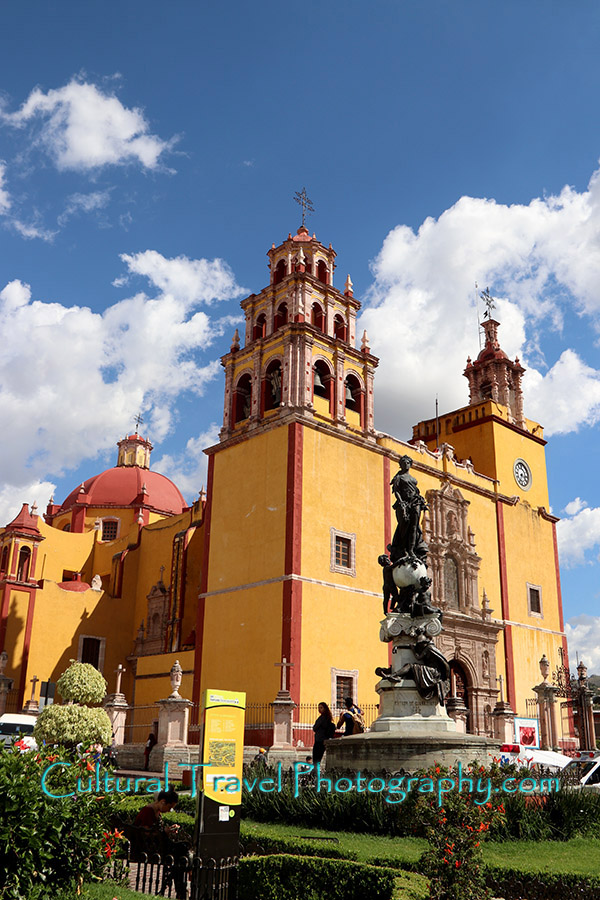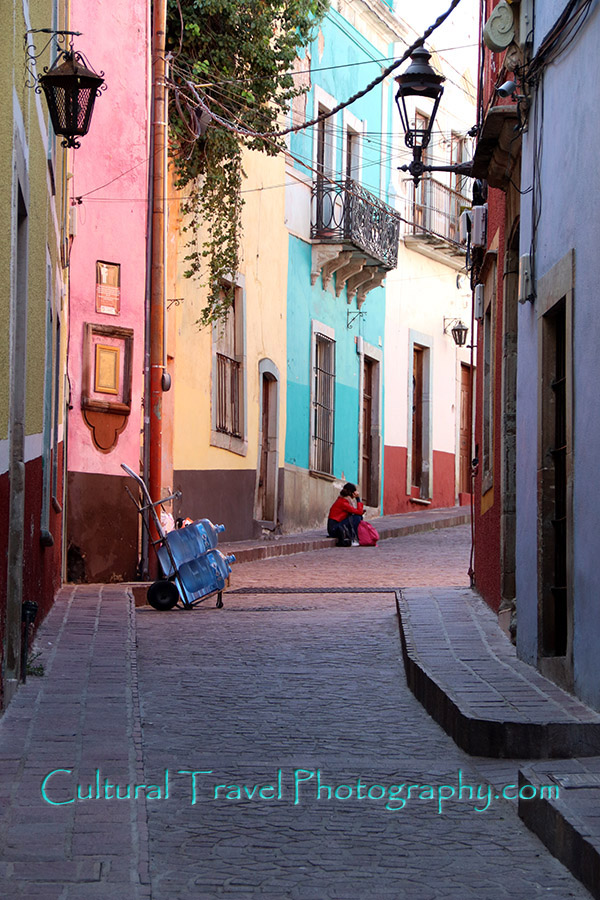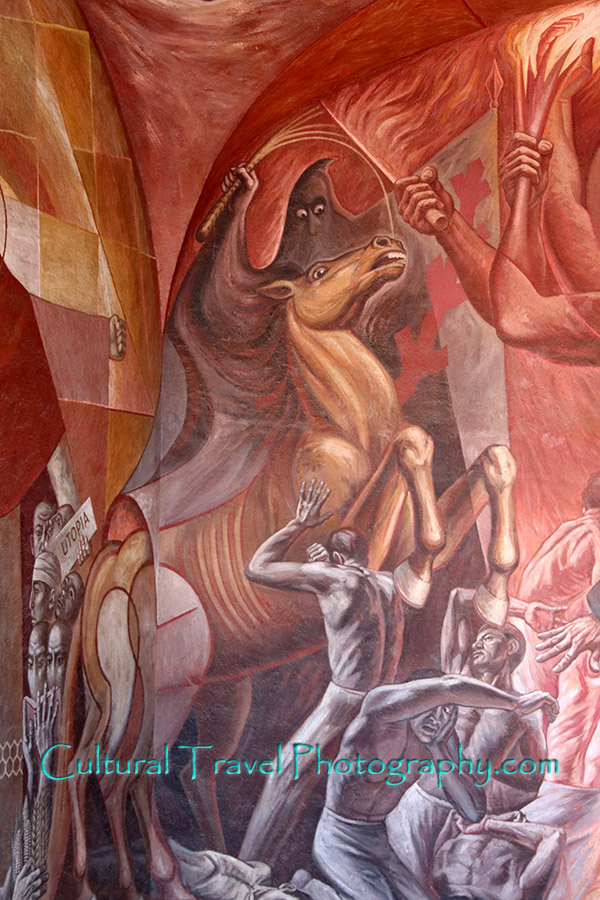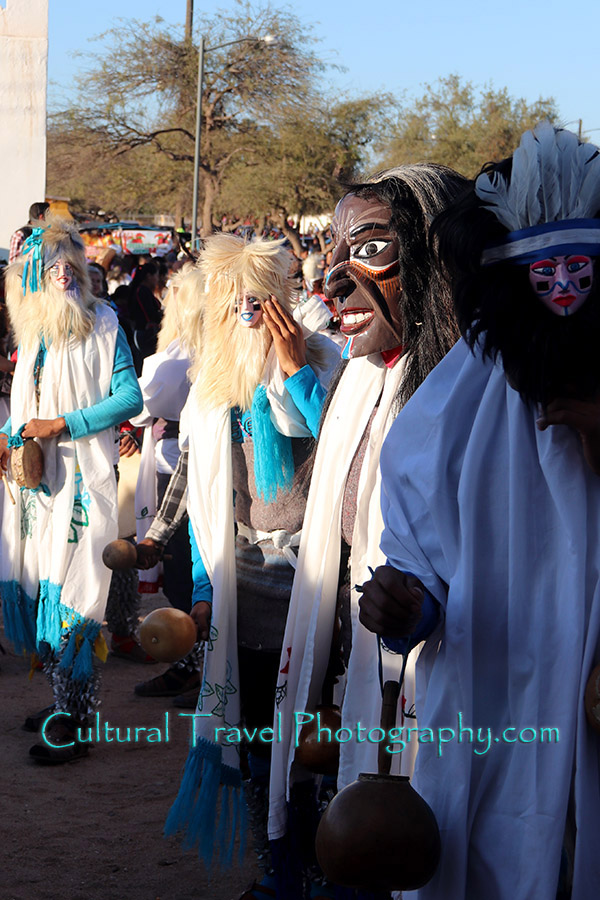Travel Preparation: Wireless Voice and Data
Cellular phones and other communication devices have become indispensable in our daily lives. They can also be very helpful tools for traveling, both for safety and to make your travel experience more enjoyable.
Check with your communications service provider to see what options may be available for international phone and data coverage. If they do not offer reasonable plans, check with other companies to see what options exist, even if they are just for when you are traveling. For example, there are companies that rent mobile hotspot gear to travelers.
Voice Coverage
I have a Cricket / AT&T cell phone that includes phone and data coverage in Mexico. The only hitch is that you must use the service from inside the U.S. every three months or so to continue receiving the coverage. I have had great quality service and coverage in all but the most remote areas where I have traveled in Mexico.
I also have a Vonage home phone with an international calling package, so I can make and receive international calls using the Vonage Extensions app from a WiFi connection, in addition to having access to messages and other phone features.
Depending on where you are traveling, you may want to research and add some emergency communication numbers to your phone contacts, like the State Department, Red Cross and other local emergency services.
Internet and Data Access
In addition to having cellular voice coverage in the country where you plan to travel, you should also include a data plan for access to the internet, texting and apps.
Having wireless data access can make your life so much easier when traveling. Most hotels and many public places have wireless internet coverage for their customers, but you should also have some coverage for when you are out and about.
Apps to Consider
In addition to having basic internet to be able to access online travel and tourism information, there are many apps available to help you connect with your latest destination.
Before leaving on your adventure, you should consider loading your device with apps for navigation, translations, communication, transportation, hotels, banking, file sharing and access, social media and email.
Some basic apps that I use when traveling include:
Google Maps – a great tool for finding local restaurants, hotels and even places to get your laundry done. And if you find a great place that you want to share with others, upload some pics and a review.
Google Translate – facilitate communication with this or some other translation tool. And you can hear how the words should be pronounced.
WhatsApp – this is widely used in Mexico and is a great way to connect with businesses and people by sharing text and voice messages, images and even making voice and video calls.
Booking.com – I prefer this to other lodging reservation apps, but there are several others to choose from. In addition to finding hotels and destinations it is also convenient to have all of your bookings available to view, and you can communicate with hotels via their booking assistant.
Dropbox – I use Dropbox to upload the photos after I download them from my camera to the laptop. In addition to having the ability to see those files online, you can also have a copy of your cell phone photos automatically uploaded to your Dropbox account. There are other cloud sharing apps like Google Drive that can also be used to store a safe copy of your images on a remote server.
Uber – If you do not have an Uber account, get one and download the app. This is simply the best and most economical way to get around, especially in major Mexican cities. The fare is taken directly from your account, including the tip, fast and easy without needing to have cash. Make sure that you confirm the pickup location, because the driver may be a minute or two away and if you are outside of a bus terminal you may need to go to a designated area to meet the Uber vehicle.
Bank or financial institution – I check my account balances daily to keep track of travel finances, especially after making a purchase or ATM withdrawal. A banking app is also a convenient way to interact with your financial institution in case you have questions or an issue like losing a credit card. Tip: Before you leave, let your bank know that you will be traveling internationally.
Social media – depending on how connected you are with social media, apps like Instagram and Facebook Lite can make photo sharing and staying in touch with your BFFs more convenient.
Email – I know that part of the adventure is to focus on the experience at hand and forget about home, but having access to your email messages helps to maintain access to important current information. Gmail, Outlook and other mail providers will allow you to add multiple email accounts for easy, comprehensive email access.
News – If you are traveling to get away from it all, you can ignore this one. But if you would like to get headlines or more in-depth news coverage you can load an app from a news provider like AP News or MSN to get alerts on major news stories, or consider getting digital access to your local news media outlet.
These are just a few suggestions to get you started in planning for your international travel communications. There are many more travel-related apps to load on your device, depending on your individual travel needs.
Most travel destinations in Mexico have comprehensive voice and 3G or 4G wireless coverage, which means that your international voice and data plan, and apps, can be a vital part of your international travel experience.
Do you have other suggestions for apps that have been helpful in your travels? Let me know, and I will add them to the list.




